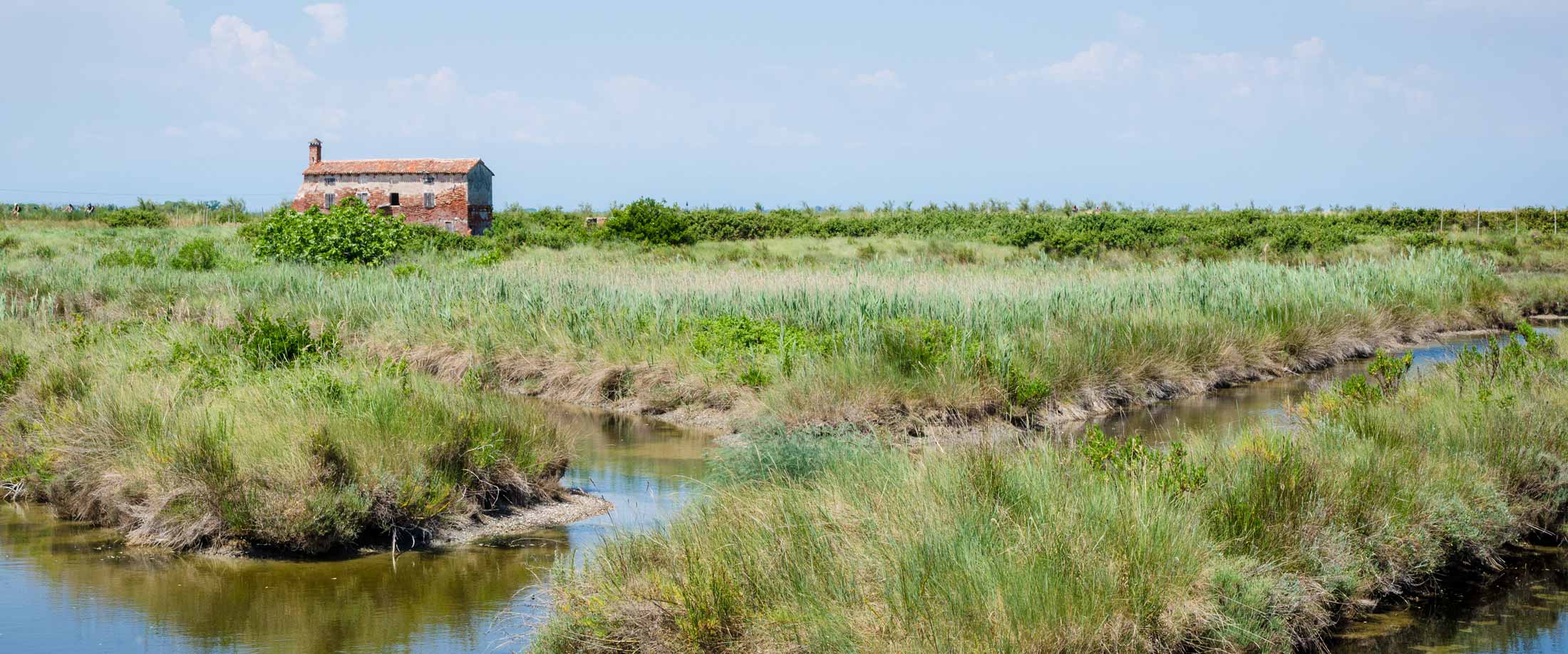Safeguarding Nature’s Coastal and Wetland Carbon Sinks
Blue and Teal Carbon Offsets
Blue and teal carbon offset projects conserve coastal and freshwater ecosystems — such as mangroves and wetlands — which store massive amounts of carbon in their plants and soils. By purchasing blue or teal carbon credits, you support verified projects that reduce emissions, regenerate habitats, and support the communities that rely on them.

Ecosystems Protected by Blue and Teal Carbon Projects
Blue carbon projects conserve coastal and marine ecosystems, such as mangroves, salt marshes, and seagrass meadows, while teal carbon projects focus on freshwater wetlands, such as inland peatlands and swamps. Together, these ecosystems are among the planet’s most efficient carbon sinks, capturing more carbon per acre than tropical rainforests and storing it in waterlogged soils for centuries—or even millennia.
Types of Projects
Protection
Preventing habitat loss by addressing threats like deforestation or drainage to avoid releasing stored carbon.
Restoration
Replanting vegetation or re-flooding degraded areas to rebuild healthy, carbon-storing ecosystems.
Improved Land Management
Maintaining soil moisture, reducing burning or drainage, and promoting sustainable agriculture to retain carbon in soils.
Sustainable Aquaculture
Reforming shrimp and fish farming or restoring abandoned ponds to reduce emissions and protect blue carbon.

Benefits Beyond Carbon
Blue and teal carbon projects deliver environmental, social, and economic co-benefits that extend far beyond emissions reductions.

Wildlife
Protects habitats for fish, birds, and other coastal wildlife, and supports ocean food webs.

Fishing & Food
Safeguards fish breeding grounds, supporting reliable seafood harvests for local and global markets.

Coastal Resilience
Stabilizes shorelines, reduces flooding, and protects communities from climate impacts.

Water Quality
Filters runoff and captures sediments, improving water clarity for coral reefs and coastal recreation.

Livelihoods
Creates local jobs and builds skills in areas such as tourism, aquaculture, handicrafts, and conservation.

Well-Being
Funds education, health care, and other community initiatives that improve living standards.

Tourism
Enhances natural attractions like mangrove and birding trails, and develops ecotourism.

Eco Stewardship
Builds environmental awareness and empowers local communities to take part in conservation.
Carbon Offset Project Comparison Guide
Download our guide to see how blue and teal carbon offsets compare to other types of projects, including how they fight climate change, what they cost, and the benefits they offer.

How Blue and Teal Carbon Credits Work
01
Conserve Ecosystems
Projects implement activities such as replanting mangroves, re-flooding peatlands, and training local rangers.
02
Measure and Verify Carbon
The amount of carbon reduced is scientifically measured and verified independently by recognized standards.
03
Buy Carbon Credits
A carbon credit is created for each tonne of CO₂ reduced. You can buy these credits to offset your emissions.
04
Deliver Ongoing Impact
Funds from credit sales support the project's continued conservation and community development activities.
Featured Blue and Teal Carbon Projects
Explore blue and teal carbon initiatives that our carbon offset program has supported. Select a project to learn more.
Maximize Your Impact Through Our Global Portfolio
When you purchase blue or teal carbon offsets through Sustainable Travel International, you’re contributing to more than one ecosystem or project.
We maximize your impact by distributing each dollar across our Climate Impact Portfolio — a carefully curated mix of forestry, energy, blue and teal carbon, and innovative technology projects that address different drivers of climate change. All projects are rigorously vetted to ensure they meet international carbon standards and pass our own internal due diligence review.
Beyond cutting CO₂, we prioritize projects that deliver co-benefits for people and the planet and advance the UN Sustainable Development Goals. Your purchase also drives broader climate progress across the travel sector by supporting educational content and practical tools that empower travelers, tourism businesses, and destinations to reduce emissions and protect the places we love to explore.
Offset Your Carbon Footprint

Individuals
Transform the climate impact of your travels. Click below to calculate and offset the carbon footprint of your trips.

Businesses
Offset tours, events, hotel stays, employee travel , and more with our business carbon offset solutions.
Frequently Asked Questions
These are some of the most commonly asked questions about blue and teal carbon credits and offset projects.
What is blue carbon, and why is it important?
Blue carbon refers to the carbon stored in coastal and marine ecosystems such as mangroves, seagrass meadows, and salt marshes. These habitats absorb and lock away more carbon dioxide per acre than tropical rainforests, making them some of the planet’s most effective natural carbon sinks. In addition to storing carbon, they protect shorelines from flooding and erosion, support rich biodiversity, sustain ecotourism and recreation, and provide food and livelihoods for coastal communities. You can learn more about blue carbon here.
What is a blue carbon offset project?
A blue carbon offset project protects, restores, or improves the management of coastal ecosystems such as mangroves, seagrass meadows, and salt marshes. These projects are funded through the sale of carbon credits, which individuals and businesses purchase to offset their own emissions. By conserving these ecosystems, the projects prevent the carbon stored in their soils and vegetation from being released and enhance their natural ability to absorb and lock away additional carbon dioxide from the atmosphere.
What is a blue carbon credit?
A blue carbon credit represents one metric ton of carbon dioxide reduced or removed by protecting, restoring, or managing coastal ecosystems such as mangroves, seagrass meadows, and salt marshes. Each credit comes from a verified project that is independently audited to measure its impact and the amount of carbon reduced or removed. Buying blue carbon credits helps fund the conservation project and supports global climate action.
How do I buy blue or teal carbon credits?
You can purchase blue or teal carbon credits from trusted organizations such as Sustainable Travel International. We carefully vet every project we include in our Climate Impact Portfolio, evaluating its reputation, transparency, and impact. Individuals can offset their travel through our carbon calculator, and businesses can contact us to set up a custom offset program.
Who buys blue carbon credits?
A wide range of people and companies purchase blue carbon credits to compensate for their carbon emissions or invest in nature-based climate solutions. Many buyers are drawn to blue carbon because of its dual impact: storing massive amounts of carbon and protecting marine ecosystems that are critical for life on Earth.
What is the difference between blue and teal carbon?
Blue carbon refers to carbon captured and stored in coastal and marine ecosystems such as mangroves, seagrass, and salt marshes. Teal carbon expands this concept to include freshwater wetlands, such as peatlands, swamps, and other inland wetlands that also trap significant amounts of carbon.












